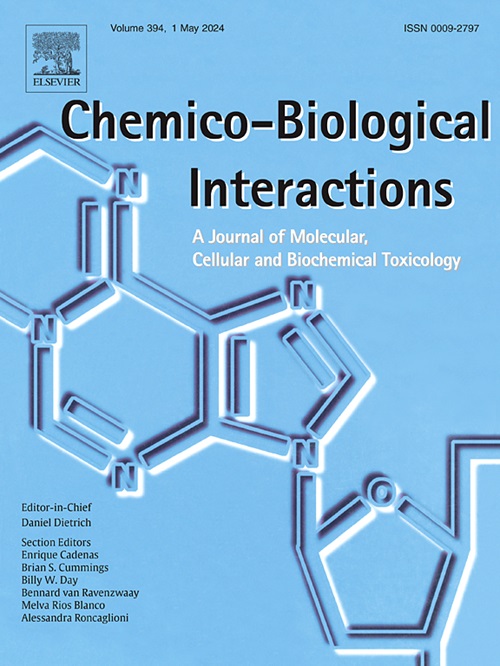人血浆水解不良底物的动力学参数的直接测定
IF 4.7
2区 医学
Q1 BIOCHEMISTRY & MOLECULAR BIOLOGY
引用次数: 0
摘要
提出了一种表征劣质基体动力学参数的方法。选择全血浆野生型丁基胆碱酯酶水解琥珀酰二胆碱作为模型反应。由于差底物琥珀酰二胆碱对酶的最佳底物丁基硫代胆碱的水解有抑制作用,因此采用Ellman比色法在三步中的第一步测定其抑制常数。在第二步中,该抑制常数用于计算在已知初始浓度下孵育酶不同时间段后剩余的琥珀酰二胆碱浓度。最后,利用剩余琥珀酰二胆碱浓度的时间过程数据,通过数值积分Michaelis-Menten方程确定催化常数。然后,通过使用“ENZO”拟合工具同时分析所有三个数据集,证实了这一假设。此外,将结果与另一种比色法收集的结果进行比较,该比色法利用溴百里酚蓝来跟踪底物水解过程中pH值的微小变化。在这种情况下,琥珀酰二胆碱水解为琥珀酰单胆碱并随后水解为琥珀酸只能通过高度浓缩纯化的野生型人丁基胆碱酯酶进行。通过两种不同的方法确定的参数值接近,也提示了揭示负责其他异种生物代谢的酶的方法。本文章由计算机程序翻译,如有差异,请以英文原文为准。
Direct determination of kinetic parameters for the hydrolysis of a poor substrate by human plasma
A method for characterizing the kinetic parameters of poor substrates is proposed. The hydrolysis of succinyldicholine by human wild type butyrylcholinesterase from whole plasma was chosen as a model reaction. Since the poor substrate succinyldicholine shows an inhibitory effect on butyrylcholinesterase hydrolysis of the enzyme's optimal substrate butyrylthiocholine, its inhibition constant was determined in the first of three steps, using Ellman's colorimetric detection method. In the second step, this inhibition constant is used to calculate the remaining succinyldicholine concentrations after incubating the enzyme at known initial concentration for various time periods. Finally, the catalytic constant is determined by numerically integrated Michaelis-Menten equation using data for the time course of the residual succinyldicholine concentration. This assumption was then confirmed by simultaneously analyzing all three data sets using the "ENZO" fitting tool. Additionally, the results are compared with those collected by another colorimetric method utilizing bromthymol blue to follow a small change in pH during the course of substrate hydrolysis. In this case the hydrolysis of succinyldicholine to succinylmonocholine and subsequently to succinic acid can only be followed by highly concentrated purified wild-type human butyrylcholinesterase. Close values of parameters, determined by two different methods, suggest the approach for revealing enzymes responsible for the metabolization of other xenobiotics, too.
求助全文
通过发布文献求助,成功后即可免费获取论文全文。
去求助
来源期刊
CiteScore
7.70
自引率
3.90%
发文量
410
审稿时长
36 days
期刊介绍:
Chemico-Biological Interactions publishes research reports and review articles that examine the molecular, cellular, and/or biochemical basis of toxicologically relevant outcomes. Special emphasis is placed on toxicological mechanisms associated with interactions between chemicals and biological systems. Outcomes may include all traditional endpoints caused by synthetic or naturally occurring chemicals, both in vivo and in vitro. Endpoints of interest include, but are not limited to carcinogenesis, mutagenesis, respiratory toxicology, neurotoxicology, reproductive and developmental toxicology, and immunotoxicology.

 求助内容:
求助内容: 应助结果提醒方式:
应助结果提醒方式:


